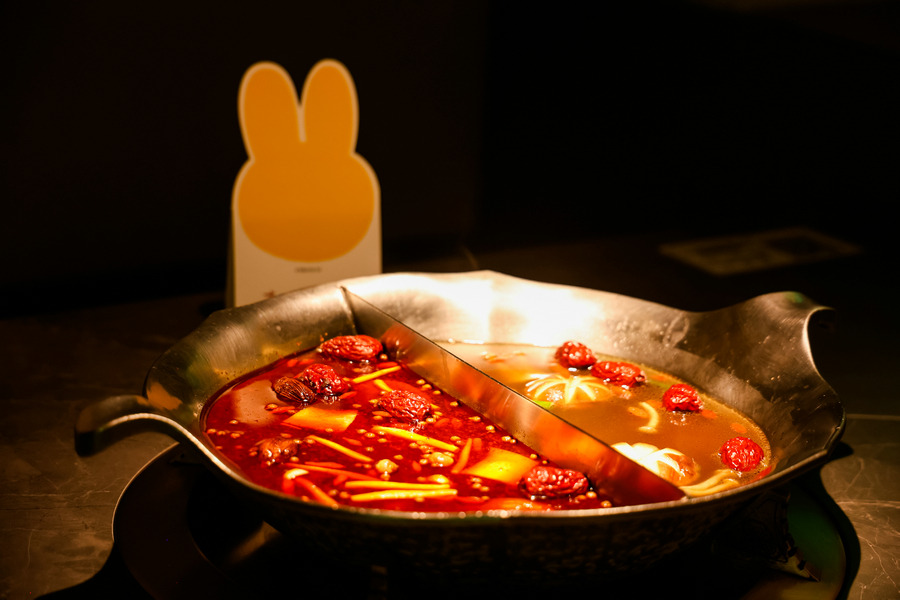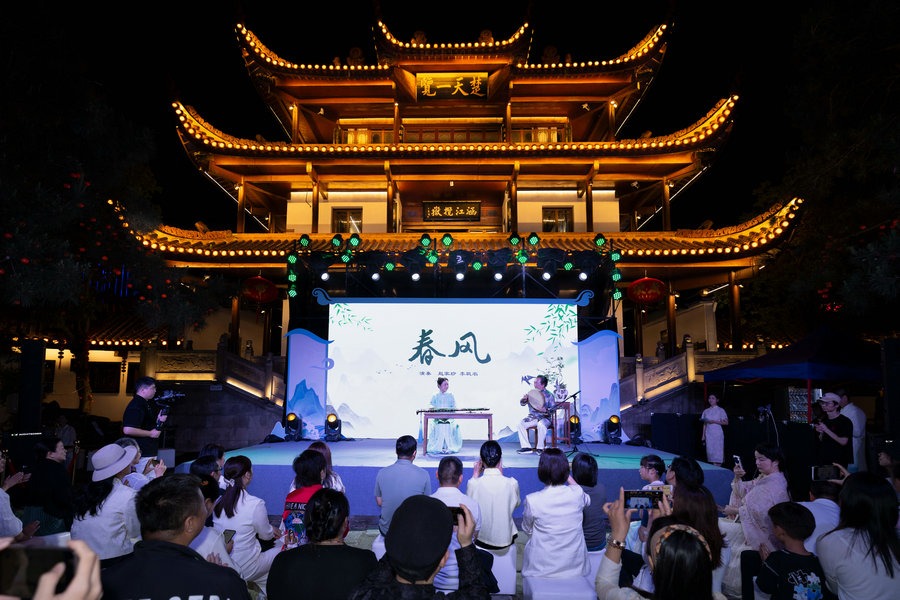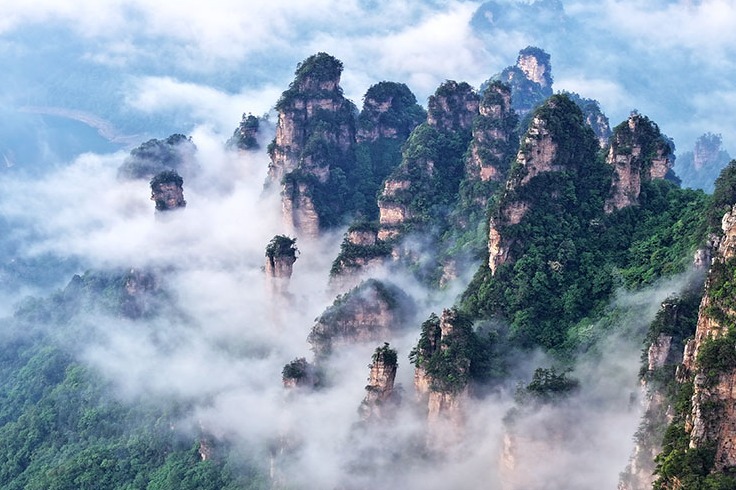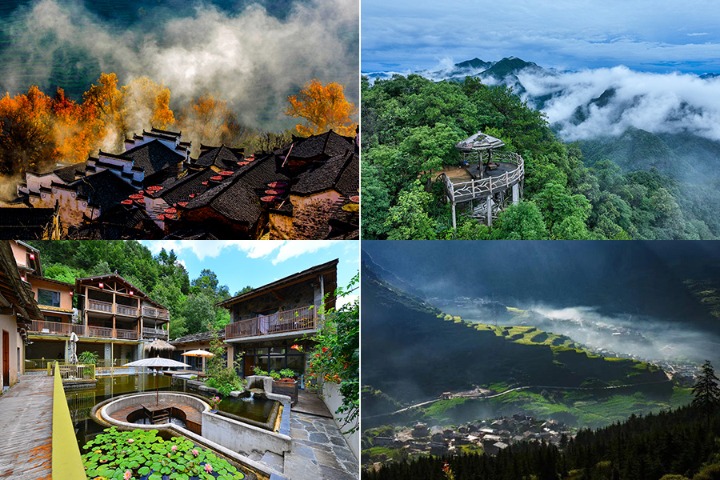Echoes of history still resonate
Major anniversary sees visitors flock to site of key victory against Japanese wartime aggression, Li Yingxue and Zhu Xingxin report in Datong, Shanxi.

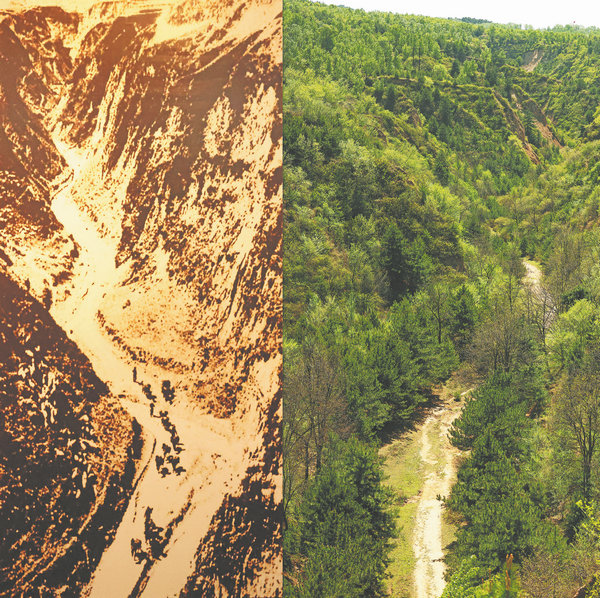
One of the most compelling attractions is Qiaogou — the main battlefield of the Pingxingguan Victory which wiped out over 1,000 Japanese soldiers. The Qiaogou valley stretches four kilometers in a northeast-southwest direction, with rugged terrain and steep cliffs ranging from 10 to over 100 meters deep. The ancient road running through the gorge is only three to five meters wide, just enough for a single truck to pass. On both sides are sheer rock walls, with relatively gentle slopes above.
Wang Jiyong, director of the Cultural Relics Protection and Research Center in Lingqiu, explains that Qiaogou's steep cliffs once formed a natural "pocket trap" — perfectly suited for an ambush.
"When Japanese supply convoys entered the gorge, there was no way out. It became the ideal battlefield for the Eighth Route Army," he says.
"It was the Eighth Route Army's first direct engagement with Japanese forces after crossing the Yellow River, the Chinese army's first victory in the full-scale resistance, and a resounding win that inspired people across the nation."
Though erosion has softened the slopes over the past 80 years, Wang Jiyong says efforts are underway to preserve the site's historical contours — reinforcing vulnerable areas and adding markers. "We want future generations to grasp both the tactical brilliance and the harsh conditions of that fight."
Among the over 300 exhibits housed at the Pingxingguan Victory Memorial Hall, Yuan finds one item especially poignant: a leather satchel once belonging to martyr Zhang Wensong.
Zhang was the political instructor of the 1st battalion, independent regiment, under the 115th Division of the Eighth Route Army. Before the Pingxingguan campaign, he was stationed at the home of Meng Dehai, the young head of the local children's militia. The two forged a deep bond.

















